
What is silicone rubber shore hardness?
What is silicone rubber shore hardness?
The Shore hardness of silicone rubber is usually between 10-80 A, and 30-60 A is mostly used for daily membrane switches and buttons: it is soft enough to ensure a rebound feel, and is wear-resistant enough.
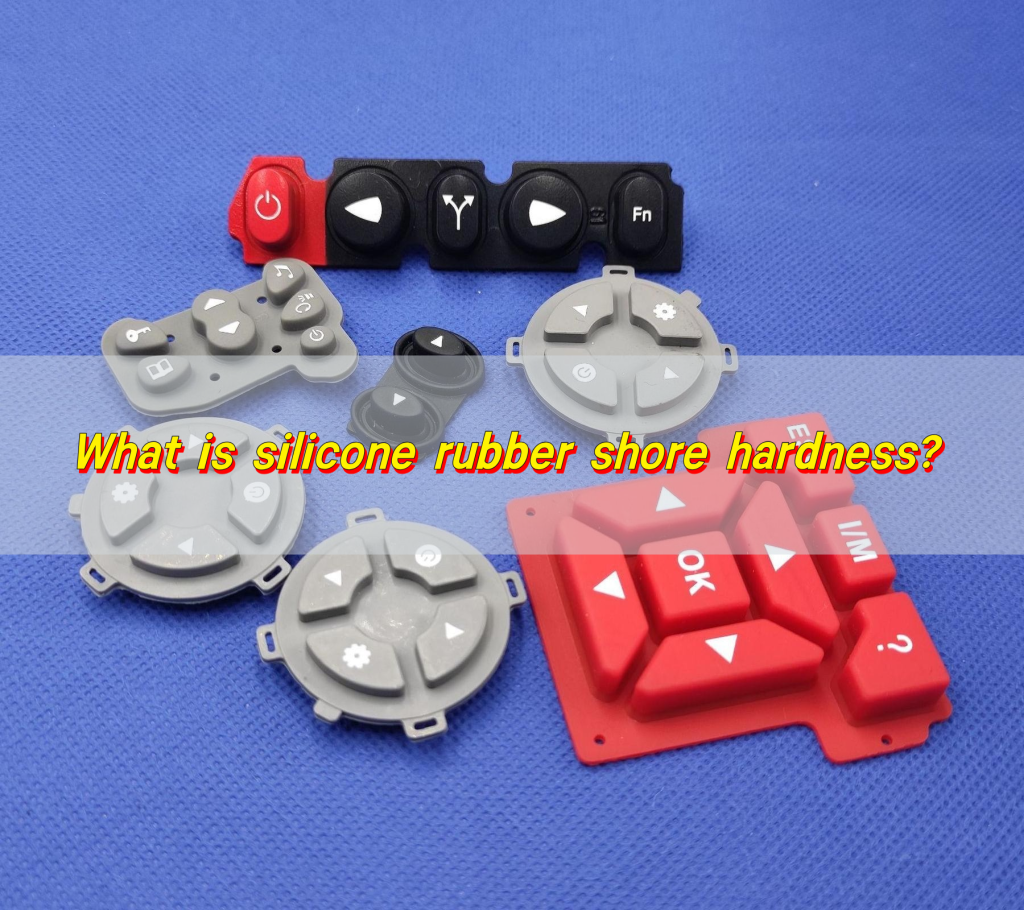
What is the shore value of silicone?
Shore hardness is a measure of how soft or hard a material feels when pressed. It was developed to quantify rubber and plastic firmness, and it’s used across industries. For silicone rubber, Shore hardness tells you how the material responds to touch, pressure, and force.
There are multiple Shore scales, but Shore A and Shore 00 are the most relevant for silicone. Shore A is for medium-to-hard rubbers, while Shore 00 is used for softer, gel-like silicones.
For example:
- A Shore 00 silicone feels like soft skin or gummy candy.
- A Shore 50A silicone has the firmness of a car tire or rubber shoe sole.
- Shore 70A silicone feels sturdy, like a phone case or appliance gasket.
What is the standard Shore hardness of rubber?
Silicone rubber comes in a wide range of hardness levels. The standard Shore hardness of rubber depends on the application, but for silicone, most common grades fall between 20A and 80A on the Shore A scale.
- Soft silicone rubber: Around 20A to 40A
- Medium silicone rubber: 50A to 60A
- Hard silicone rubber: 70A to 80A
Each grade serves a specific purpose. In medical tubing or wearable sensors, lower Shore values provide comfort and flexibility. For industrial seals or mechanical pads, higher Shore hardness ensures durability and strength.
If you’re working with liquid silicone rubber, expect Shore values in the 20A to 70A range. These are moldable and often used in high-precision parts.
How to calculate Shore hardness?
Shore hardness is measured using a durometer, a tool that presses a metal pin into the rubber and records how far it goes. The less it sinks, the harder the material.
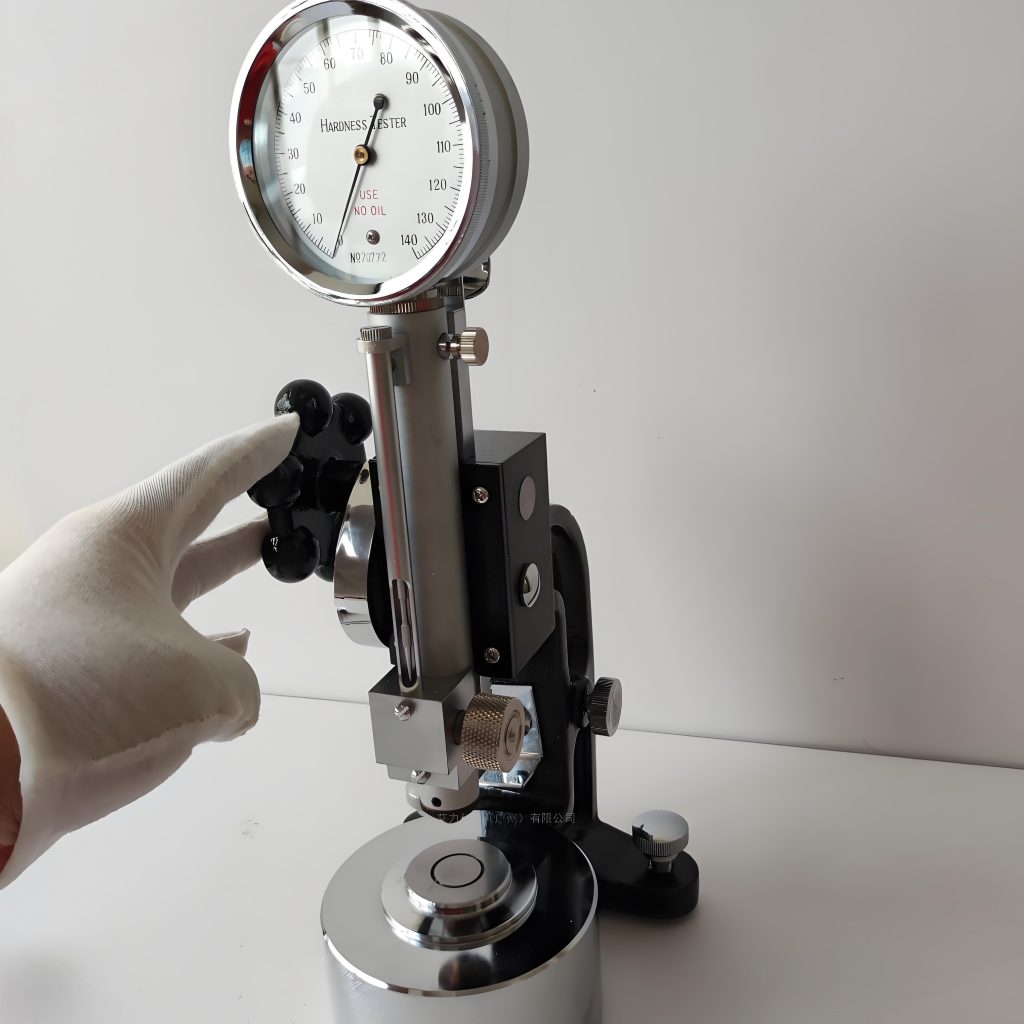
Use standardized test methods such as ASTM D2240. You press the durometer into the silicone surface and take the reading after one second. The result is your Shore hardness rating.
For example:
- A durometer reading of 30A means the silicone is soft.
- A reading of 90A means it’s quite firm.
While the testing is technical, the takeaway is simple: higher numbers mean harder silicone.
What is the highest Shore hardness?
The highest Shore hardness on the Shore A scale is 100. This level is so hard that it feels almost like plastic. Silicone rubbers typically don’t reach this number because they are designed to be elastic.
However, if needed, silicone can be engineered to approach this level for special industrial or structural uses. In general:
Shore 90A is already considered very hard. Beyond that, materials might shift to the Shore D scale, which covers hard plastics.
But in most applications, especially where flexibility or tactile feedback matters, Shore 90A is the practical ceiling for silicone rubber hardness.
How hard is 20A silicone rubber?
20A silicone rubber is soft, squishy, and highly flexible. It feels a lot like a rubber eraser or soft toy. You can easily press it with your finger, and it springs back quickly. This level of softness is ideal for applications that need:
- High compression
- Skin contact
- Comfort and cushioning
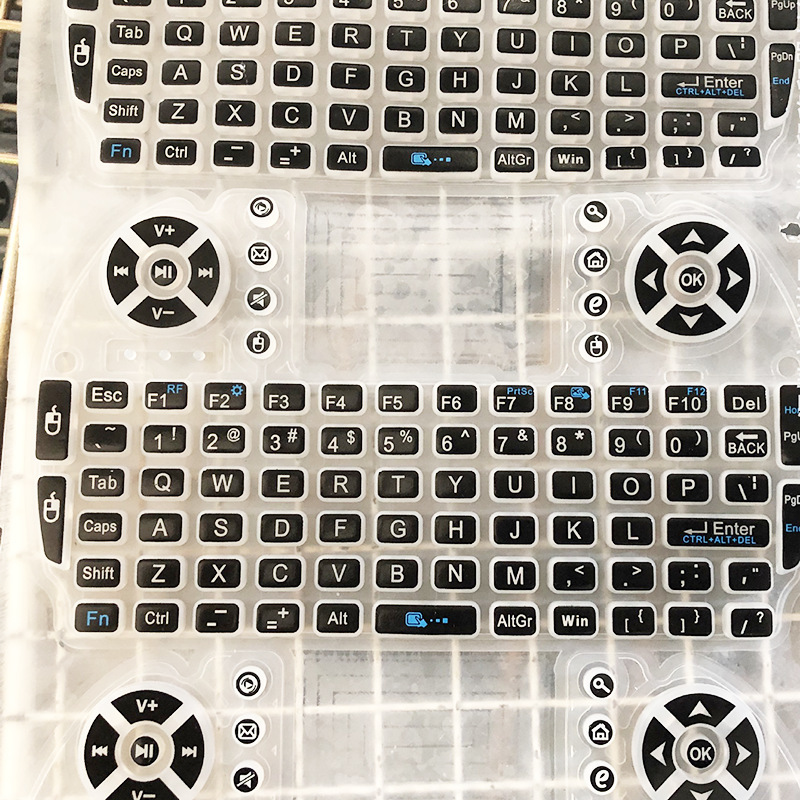
Medical-grade silicones, for instance, often use this Shore value. It offers excellent adaptability and can conform to skin or mechanical curves without resistance.
Which is harder, a 70 or 90 durometer?
The answer is simple: 90 durometer is harder than 70 durometer.
At 70A, silicone rubber is already firm and durable. It offers great resistance to compression and wears well over time. It’s often used for:
- Industrial gaskets
- Keypads
- Protective covers
On the other hand, 90A silicone is even stiffer. It resists deformation and provides a high level of structural support. This hardness is great for mechanical stoppers or rigid seals but lacks flexibility.
How to choose silicone hardness?
Choosing the right silicone hardness comes down to application needs. Here’s what to consider:
- Soft silicone (20A–40A): Ideal for body contact, cushioning, medical, or cosmetic use.
- Medium hardness (50A–60A): Great for general purpose. Used in consumer electronics, seals, and valves.
- Hard silicone (70A–90A): Built for durability, pressure resistance, and industrial conditions.
Also think about:
- Environment: Will it face heat, chemicals, or UV?
- Function: Does it need to compress, grip, or support?
- Feel: Do users need to touch or handle it often?
How do you increase the shore hardness of silicone?
Need your silicone rubber to feel firmer? Here’s how:
- Change the formulation: By adjusting the filler content or crosslinking agents, silicone becomes denser and harder.
- Use additives: Certain fillers or reinforcement agents make silicone less flexible and more rigid.
- Cure time and temperature: Longer or hotter cures often result in higher hardness.
But remember—harder isn’t always better. High Shore hardness may reduce flexibility or resilience. It’s about finding the perfect balance.
What is the weakness of silicone rubber?
Silicone rubber offers many strengths: heat resistance, flexibility, and biocompatibility, but like any material, it has limitations.
- Tear strength: Lower Shore silicones can tear if stretched too far.
- Compression set: At extreme temperatures, some silicone may not bounce back perfectly.
- Swelling: It may swell in certain oils or solvents.
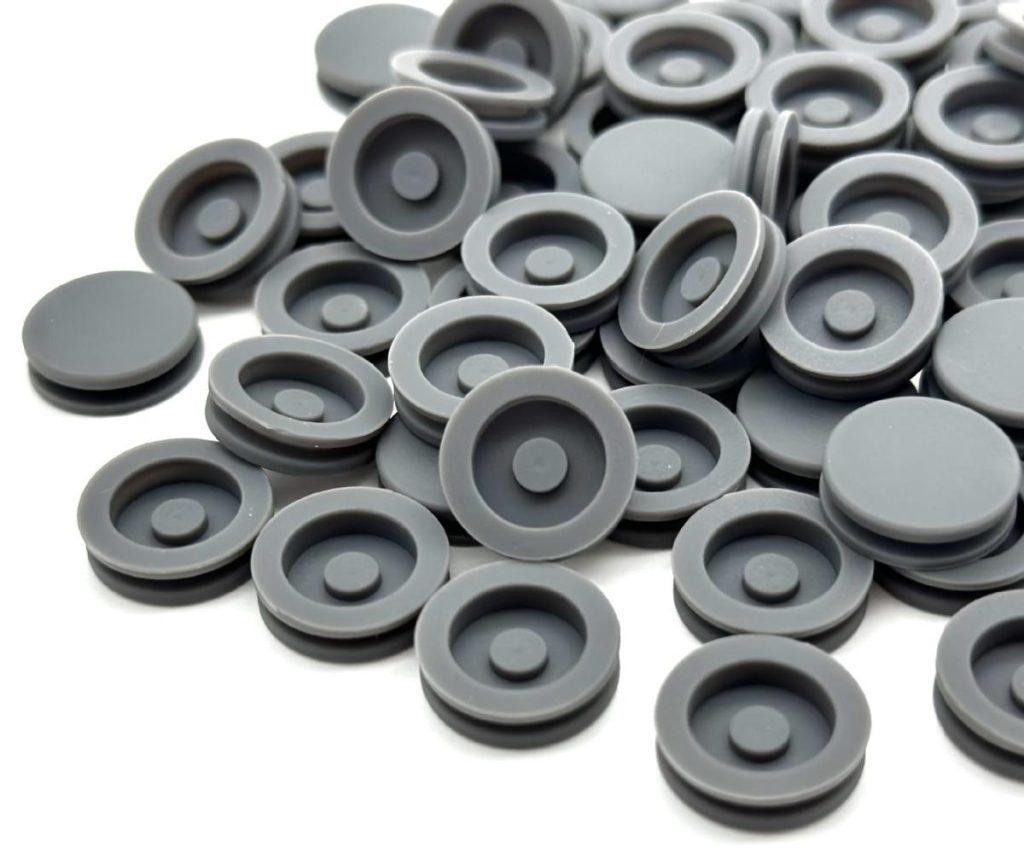
But here’s the upside: you can engineer silicone to overcome most weaknesses. With proper formulation and testing, these drawbacks can be minimized or eliminated.
Conclusion:
Silicone rubber Shore hardness determines how soft or firm the material feels, affecting performance, comfort, and durability. Lower values like 20A offer softness and flexibility, while higher ranges like 70A and above provide strength and resistance.
Choosing the right hardness depends on your application, whether for comfort, structural support, or everyday use.
Have questions or need a custom solution? Contact us at sales@best-membraneswitch.com

What is a Touch Switch? Tactile Membrane Switch
Touch switch is essentially a tactile membrane switch, a low-profile electronic interface that activates with a light press and provides a clear snap feedback to confirm operation. It consists of multiple layers, including a top graphic overlay and a metal or polyester dome beneath, allowing reliable actuation with high durability and minimal space usage. What ...

What Is a Mechanical Button? Mechanical Push Button Switch
What Are Mechanical Buttons? Mechanical button is a type of switch that physically completes or breaks an electrical circuit through mechanical movement. When pressed, the button pushes internal contacts together, allowing current to flow. Once released, a spring or mechanism separates them again. This physical action provides both tactile feedback and a distinct mechanical feel. ...
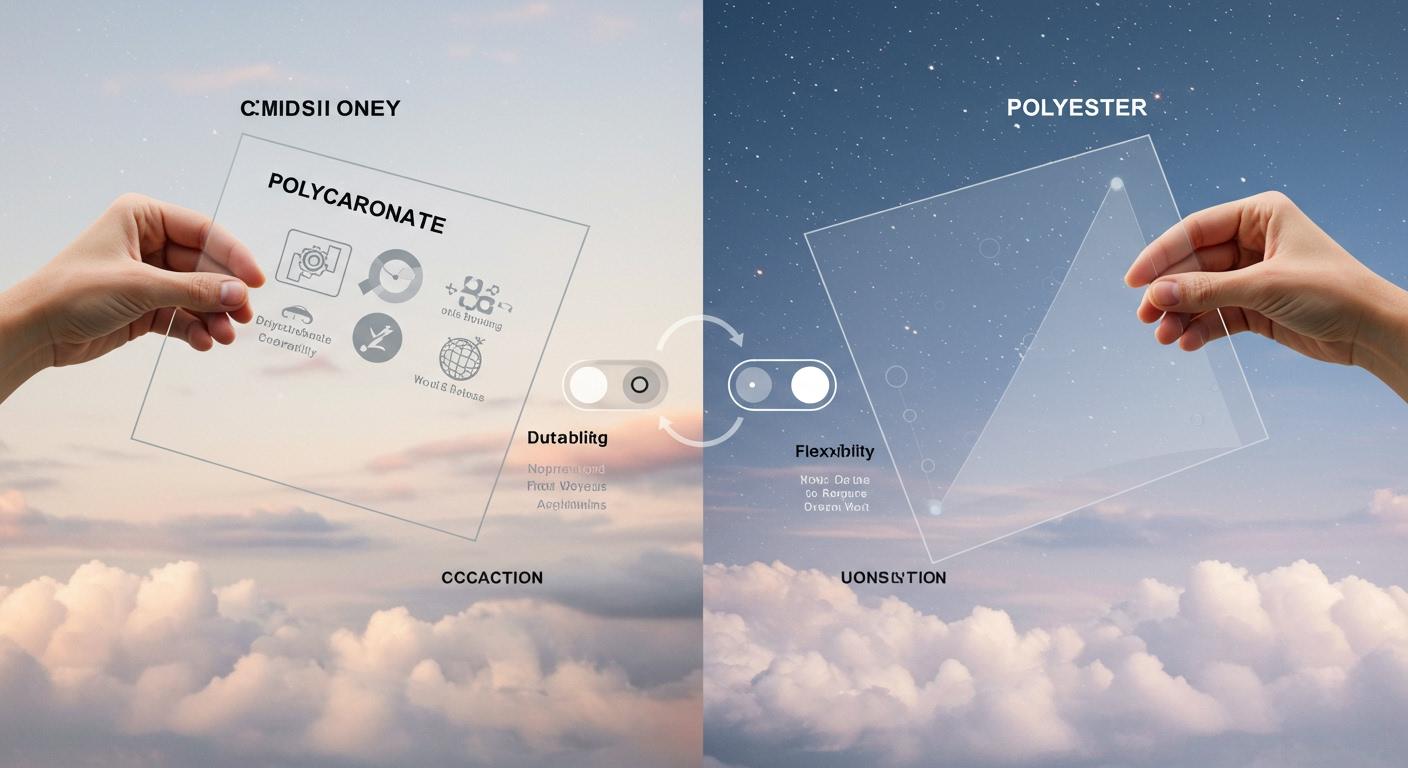
Choosing Between Polycarbonate and Polyester for Graphic Overlays in 2025
You will find polyester offers superior durability, chemical resistance, and weatherproofing for graphic overlays in 2025, making it ideal for demanding environments. Polycarbonate provides excellent printability, flame resistance, and a variety of finishes, which suit automotive, aerospace, and safety equipment. Graphic overlays serve as protective and functional layers for control panels and interfaces across industrial, ...
Contact us online